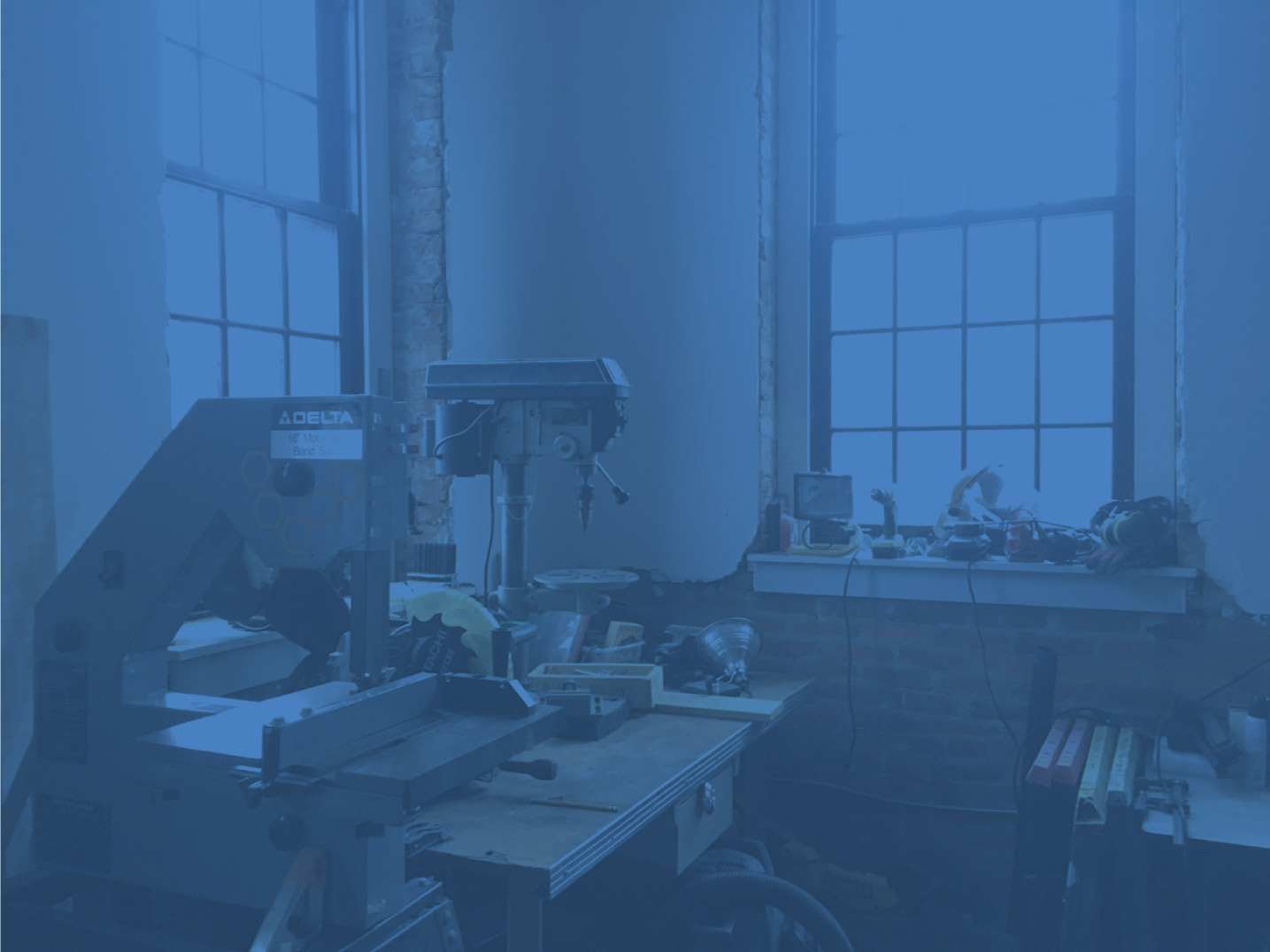Thanks to all who attended our first stereo photography class, it was a great turnout with several new faces! If you attended, here is some content that I just created that you can view using either the anaglyph glasses or parallel-viewing stereopticon that you received, or if you have been practicing up on your free-viewing, you can use the cross-eye method or “look-through” method (just set the 3D settings appropriately towards the bottom of the video on YouTube). I’ve created a slideshow of 3D images captured using wide baselines — in other words, the two photos making up each 3D picture were taken very far apart, much farther apart than the distance between a human’s eyes.
So, why wide-baseline? Well, the sense of depth from stereo vision is highly nonlinear, so we generally have exceptional depth perception up close (within a few inches or feet), but we are able to differentiate less and less as the objects get further away. In everyday life our depth perception due to binocular disparity is basically limited to around 20′ or so for most practical purposes. (This is why 3D pictures of landscapes are usually extremely boring and flat — the subject is too far away to make out the depth!) However, it is possible to overcome this limitation by moving the two cameras (one for each eye) farther apart. Some of these images were taken from airplane windows hundreds or thousands of feet apart, making it possible to discern depth between cloud layers many miles away. This tends to produce an effect that is similar to examining a miniature model of the subject up close.
Most of these 3D pictures were captured with the video camera on my phone while on a moving platform (train, car, airplane, etc), with the camera held very still up against the window and facing directly out. I would then open up two copies of the captured video side by side and use the cross-eye method to find two frames of the same subject that provide good depth. I would then copy those frames into Gimp, align the images and crop them down to produce a finished stereogram. It takes time and practice but it can produce some really cool results!



Thank god someone posted something — and something good, no less.